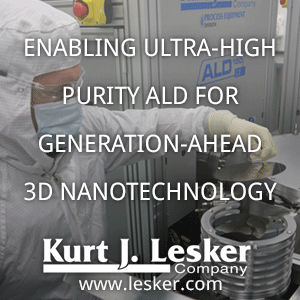NCD recently signed the largest contract with Risen Energy, a Chinese solar cell manufacturer, to provide ALD equipment in the next six months. This agreement is to supply 1.8GW solar cell manufacturing equipment, so it indicates that the superiority and reliability of NCD’s ALD equipment has been fully proven to the customer.
This system is (Lucida GS Series + Automation), the main product of NCD's solar division, to increase the efficiency of solar cells by depositing high quality Al2O3 ALD thin films. Lucida GS Series is batch type ALD deposition equipment that forms backside passivation of Al2O3 on multiple wafers and can process more than 4.500 wafers (@ 4nm thickness) of 156mm x 156mm size per an hour. By applying Lucida GS Series in the production of solar cells, customers can dramatically lower the production cost of high efficiency solar cells due to the high-volume productivity, high yield, efficient gas consumption and low maintenance cost compared to competitors.
Lucida GS Series has become the first choice for ALD process in high efficiency solar cell manufacturing, based on its advantages and excellence. NCD expects to record the best sales by the rapid sales growth in the solar sector in 2018.
This system is (Lucida GS Series + Automation), the main product of NCD's solar division, to increase the efficiency of solar cells by depositing high quality Al2O3 ALD thin films. Lucida GS Series is batch type ALD deposition equipment that forms backside passivation of Al2O3 on multiple wafers and can process more than 4.500 wafers (@ 4nm thickness) of 156mm x 156mm size per an hour. By applying Lucida GS Series in the production of solar cells, customers can dramatically lower the production cost of high efficiency solar cells due to the high-volume productivity, high yield, efficient gas consumption and low maintenance cost compared to competitors.
Lucida GS Series has become the first choice for ALD process in high efficiency solar cell manufacturing, based on its advantages and excellence. NCD expects to record the best sales by the rapid sales growth in the solar sector in 2018.
(Lucida GS Series + Automation)



%20(1).png)










